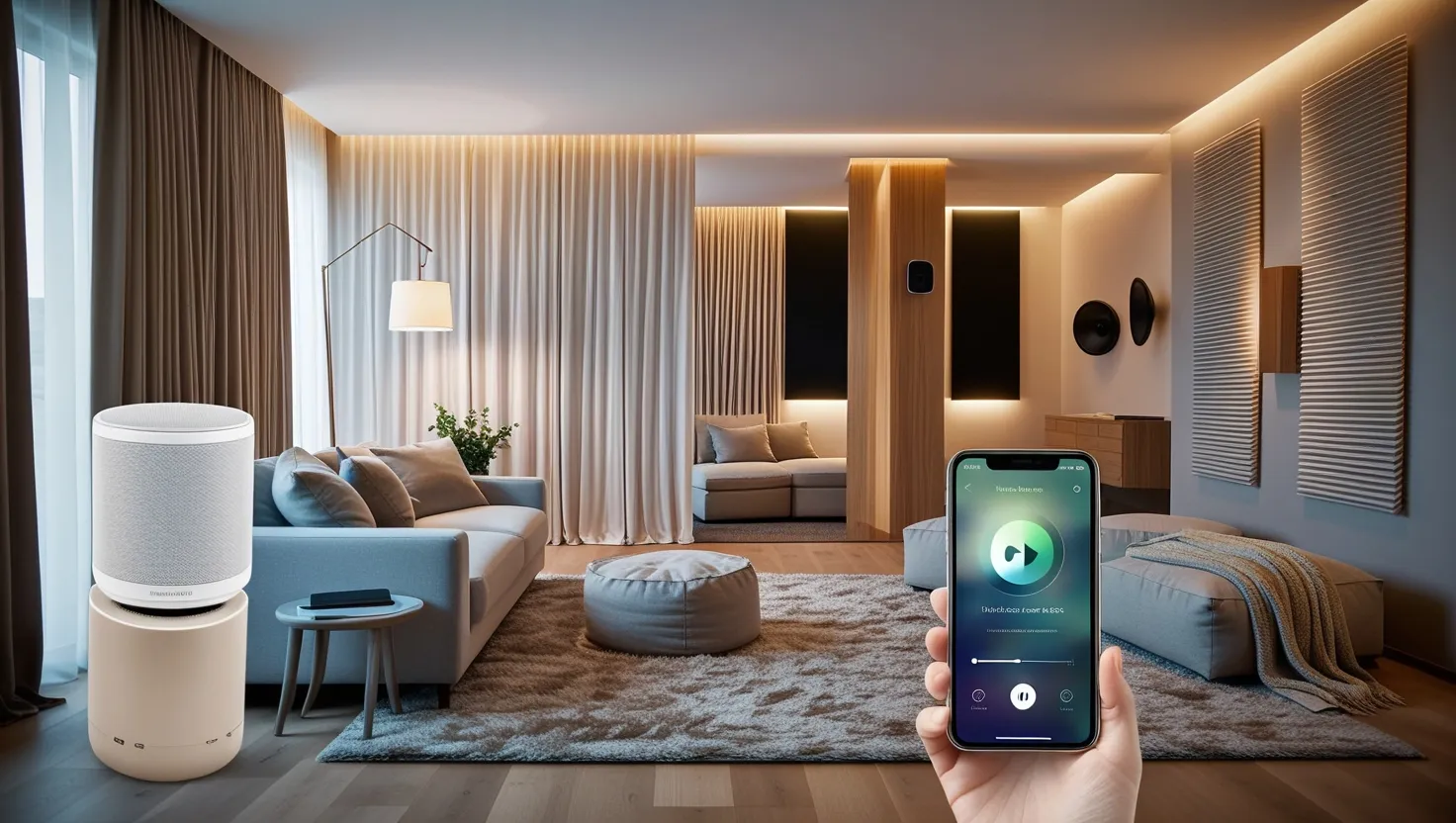In the quest for personal growth and habit formation, we often rely on visual reminders, apps, and mental tricks. However, there’s a lesser-explored yet potent tool at our disposal: the sense of touch. Imagine a world where your skin becomes a canvas for personal development, guiding you towards your goals through subtle yet powerful tactile cues.
The Science of Haptic Perception
Our sense of touch is more than just a passive receiver of sensations; it’s an active explorer of our environment. When we touch objects, our brain processes a wealth of information from mechanoreceptors in our skin, muscles, and joints. This process, known as haptic perception, allows us to identify objects with remarkable accuracy, often within just a few seconds.
Haptic perception is not just about recognizing objects; it’s also deeply linked to our cognitive functions. Studies have shown that cognition plays a significantly larger role in haptic performance than tactile acuity alone. This means that our brain’s ability to process and interpret tactile information is crucial for tasks like object recognition, especially as we age.
Tactile Triggers for Habit Formation
So, how can we harness this powerful sense to aid in habit formation? The concept of triggers is key. Triggers, or cues, are the initial stimuli that prompt us to perform a habit. While visual triggers like post-it notes are effective, tactile triggers can be even more compelling. They bridge the gap between knowing what to do and actually doing it, making the transition from intention to action smoother.
For instance, imagine wearing a smart ring that subtly warms up to remind you of your daily meditation. This tactile cue is not just a reminder; it’s a physical nudge that engages your brain on a deeper level. By associating specific tactile sensations with habits you want to form, you’re creating strong, lasting neural pathways that make these habits feel more intuitive and less like a chore.
The Power of Haptic Mindsets
Touch can influence our thoughts and behaviors in profound ways. Holding a heavy object, for example, can make us perceive tasks as more serious and important. Touching rough objects can make social interactions seem more challenging, while hard objects can make us appear more rigid in negotiations.
This phenomenon, known as a “haptic mindset,” suggests that our tactile experiences can shape our cognitive and social judgments. By leveraging this, you can create a haptic environment that supports your personal development goals. For example, using a weighted blanket during your morning routine could help you feel more grounded and focused, setting a positive tone for the day.
Social Touch and Emotional Connection
Touch is not just about individual habits; it also plays a crucial role in social interactions. Social touch, such as a handshake or a caress, can convey a range of emotions and strengthen interpersonal bonds. In a world where technology often separates us, haptic devices can help bridge this gap. Imagine a haptic glove that allows you to feel a friend’s handshake or a loved one’s caress from miles away, enhancing the emotional content of your interactions.
This technology can also be used to create personalized tactile messages. For instance, a high five or a caress delivered through a haptic glove can express enthusiasm or affection, respectively. By integrating these tactile cues into your daily interactions, you can foster deeper emotional connections and a sense of community.
Practical Applications
So, how can you start using tactile triggers in your daily life? Here are a few practical examples:
- Smart Fabrics: Wear clothing or accessories with smart fabrics that change texture or temperature to remind you of your tasks. For example, a smart scarf that becomes slightly warmer when it’s time for your daily walk.
- Haptic Reminders: Use devices like smart rings or bracelets that provide subtle tactile cues. A ring that vibrates gently to remind you to take a few deep breaths can be incredibly effective.
- Tactile Tokens: Place small tactile tokens, like a smooth stone or a textured coin, in strategic locations to remind you of specific habits. For instance, keeping a small stone on your desk to remind you to stay focused.
- Weighted Objects: Incorporate weighted objects into your routine. A weighted blanket during meditation or a weighted pen during work can provide a grounding sensation that enhances focus.
Personal Growth Through Touch
By integrating these tactile triggers into your daily routine, you’re not just forming habits; you’re creating a physical language between you and your goals. This approach makes personal growth feel more intuitive and less like a chore. Every touch becomes a gentle nudge towards your best self, turning your skin into a canvas for personal development.
In this tactile-rich environment, personal growth becomes a full-body experience. It’s about leveraging the powerful connection between your brain and your skin to create lasting changes. By doing so, you’re tapping into a deeper level of engagement and motivation, one that goes beyond mere reminders and into the realm of physical intuition.
The Future of Haptic Habit Formation
As technology advances, the possibilities for haptic habit formation are endless. Imagine a future where your home is filled with tactile cues designed to support your personal growth. From smart furniture that adjusts its texture to remind you of your tasks to wearable devices that simulate social touch, the potential is vast.
In this future, personal development is not just about mental discipline; it’s about creating a holistic environment that engages your entire being. By harnessing the power of touch, you’re not just forming habits; you’re transforming your life into a seamless journey of growth and self-improvement.
In conclusion, the sense of touch is more than just a passive sense; it’s a powerful tool for personal growth. By leveraging tactile triggers and creating a haptic environment that supports your goals, you’re tapping into a deeper level of engagement and motivation. This isn’t just about forming habits; it’s about transforming your life into a full-body experience of personal development.






